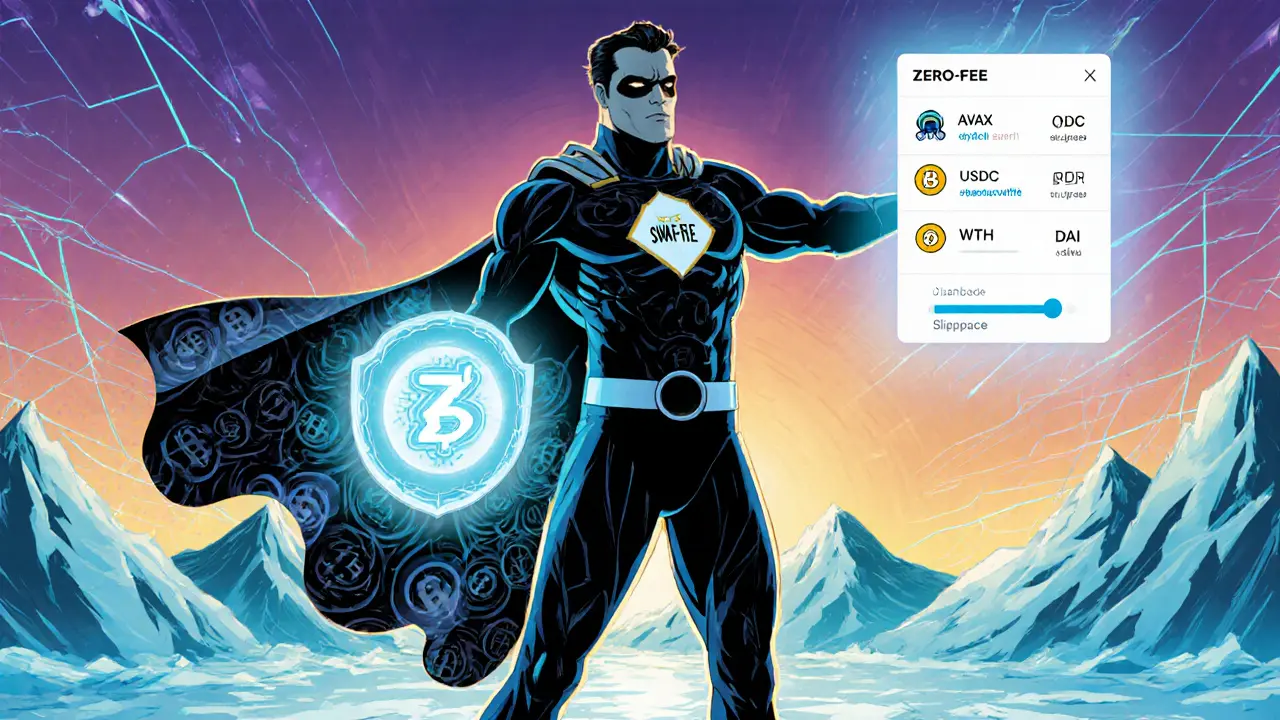When diving into DeFi liquidity, the pool of assets that fuels trading, lending, and earning on decentralized platforms. Also known as crypto liquidity, it keeps swaps fast, loans stable, and yields flowing. A Liquidity Pool, a smart contract that holds pairs of tokens for users to trade against is the core building block. These pools require Liquidity Providers, people who lock assets in exchange for fees and rewards. On top of that, Decentralized Exchange, a platform that matches trades directly from liquidity pools without a central order book brings the pools to the public. When anyone swaps tokens, the pool’s balance shifts, creating price impact that providers are compensated for. DeFi liquidity therefore hinges on three simple facts: pools hold the assets, providers supply them, and DEXs let the market use them.
Yield Farming, the practice of moving assets across pools to chase higher returns adds a dynamic layer. By chasing the best APY, farmers constantly rebalance capital, which can tighten or loosen pool depth. This behavior influences the overall health of DeFi liquidity – heavy farming can boost fees but also raise impermanent loss risk. Restaking protocols like EigenLayer amplify the effect by letting stakers lock the same ETH across multiple services, effectively multiplying the liquidity backing several DeFi products. Meanwhile, modular blockchain architectures split consensus and data availability, allowing new chains to launch low‑cost pools that attract fresh capital. All these elements interact: a new modular chain offers cheap gas, farmers jump in, providers add capital, and the DEX sees tighter spreads.
Understanding these connections helps you spot real opportunities. For example, a market‑cap analysis can reveal under‑populated pools where fees are high relative to risk. Licensing updates in regions like Indonesia or Thailand may open new DEX gateways, adding fresh users to existing pools. Our collection below covers everything from modular blockchain scaling, airdrop strategies, and market‑cap insights to deep dives on specific exchanges and security considerations. Browse the articles to see how each piece fits into the larger liquidity puzzle and get actionable ideas you can apply today.

A 2025 review of Swapsicle, the Avalanche-based zero‑fee DEX, covering fees, liquidity, security, user experience, and how it stacks up against TraderJoe and Pangolin.